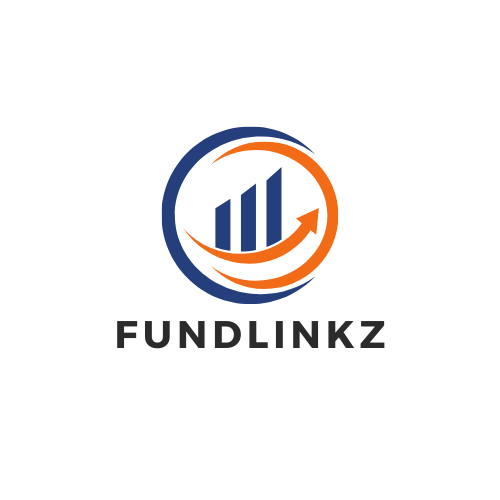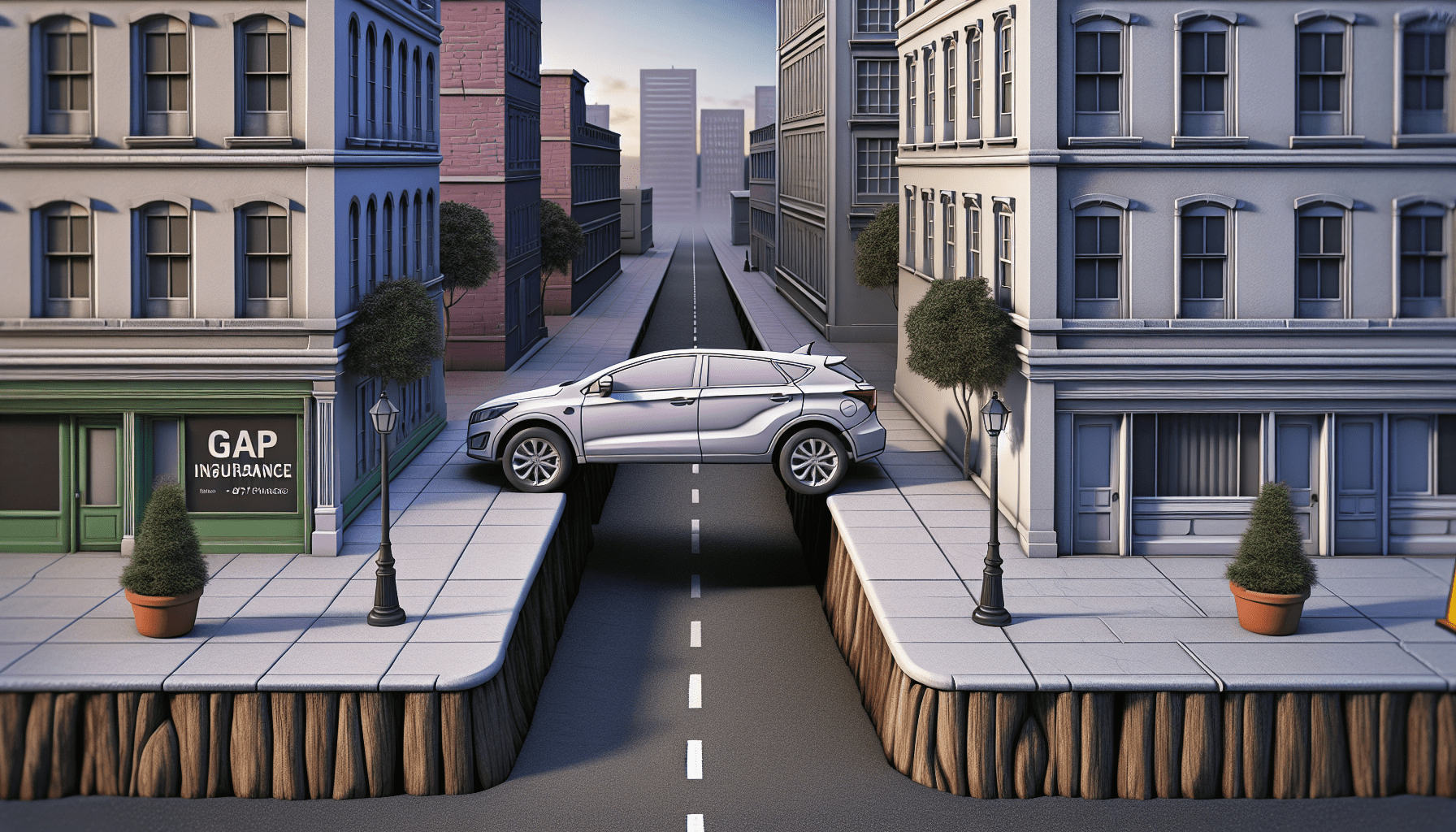If you’re considering financing a vehicle through an auto loan, you may have come across the term “gap insurance.” So, what exactly is gap insurance, and is it essential when securing an auto loan? Gap insurance is a type of coverage that can protect you if your car is totaled or stolen and the insurance payout is less than the amount you owe on your loan. This coverage can help bridge the gap between what your insurance company pays and what you still owe, potentially saving you from financial strain. While it’s not a requirement for all borrowers, especially those with strong credit histories, gap insurance can provide peace of mind for those with higher loan amounts or less equity in their vehicles. Be sure to evaluate your individual circumstances and weigh the benefits of gap insurance to determine if it’s necessary for you when obtaining an auto loan.
Understanding Gap Insurance with Your Auto Loan
When you’re in the process of securing an auto loan, one term that might come up is “gap insurance.” But what exactly is gap insurance, and is it necessary when obtaining an auto loan? In this article, we will delve into the details of gap insurance, how it works, and whether it is a crucial addition to your auto loan agreement.
What is Gap Insurance?
Gap insurance, also known as guaranteed asset protection insurance, is a type of coverage that helps bridge the gap between what you owe on your auto loan and the actual cash value of your vehicle. In the event of a total loss due to factors such as theft or an accident, the insurance will cover the difference between the amount you owe and the amount your car is worth, which can be significant if your car depreciates quickly.
Understanding gap insurance requires knowledge of how auto loan financing works. When you finance a vehicle, especially a brand-new one, the value of the car depreciates faster than you pay off the loan. This means that in the event of a total loss, you could end up owing more on the loan than what the insurance company compensates you for the car’s value. This is where gap insurance comes in to protect you from potential financial loss.
Is Gap Insurance Necessary with an Auto Loan?
Whether gap insurance is necessary with an auto loan depends on various factors such as the type of vehicle you’re purchasing, your down payment, and the length of your loan term. Here are a few scenarios where gap insurance might be a prudent choice:
-
High Depreciation Vehicles: If you are buying a new car or a vehicle that depreciates quickly, the likelihood of owing more on your loan than the car’s actual value is higher. In this case, gap insurance can provide valuable protection.
-
Low Down Payment: Making a minimal down payment on your auto loan means you’ll have a larger loan balance to start with, increasing the risk of being upside down on your loan if the vehicle is totaled.
-
Long Loan Term: Opting for an extended loan term, such as 60 months or more, means it will take longer for you to build equity in the vehicle. Gap insurance can safeguard you during the initial stages of the loan when depreciation outpaces loan repayment.
-
Leasing a Vehicle: If you are leasing a car, gap insurance is typically required as part of the lease agreement. This ensures that you are covered if the leased vehicle is declared a total loss.
While the decision to purchase gap insurance ultimately depends on your individual circumstances, it can provide valuable peace of mind knowing that you are protected in case of unforeseen circumstances that could leave you financially vulnerable.
How Does Gap Insurance Work?
To illustrate how gap insurance works, let’s consider a hypothetical scenario:
- You finance a brand-new car for $25,000 with a low down payment, resulting in an outstanding loan balance of $24,000.
- Unfortunately, six months later, the car is totaled in an accident.
- The insurance company evaluates the car’s actual cash value at $20,000.
- If you did not have gap insurance, the insurance payout would cover the $20,000, but you would still owe $4,000 on the loan.
- With gap insurance in place, the policy would cover the $4,000 difference, ensuring that you are not left with a financial burden after the loss.
Understanding the mechanics of gap insurance can help you assess whether this type of coverage is a worthwhile investment when taking out an auto loan.
Where Can You Purchase Gap Insurance?
Gap insurance can be acquired through various channels, including:
-
Auto Insurance Provider: Many auto insurance companies offer gap insurance as an optional add-on to your policy. You can inquire with your insurer about adding this coverage to your existing auto insurance plan.
-
Car Dealership: When finalizing your auto loan agreement at the dealership, they may offer gap insurance as part of the financing package. However, be sure to compare prices and terms to ensure you are getting the best deal.
-
Independent Insurance Providers: You can also purchase gap insurance from independent insurance providers who specialize in this type of coverage. Shopping around for quotes can help you find a competitive rate that fits your budget.
Before deciding where to purchase gap insurance, compare quotes from different providers and carefully review the policy terms to ensure you have comprehensive coverage that meets your needs.
Cost of Gap Insurance
The cost of gap insurance can vary depending on several factors, including:
-
Vehicle Value: The more expensive the vehicle, the higher the cost of gap insurance, as the potential financial gap between the loan balance and the car’s value increases.
-
Loan Amount: A larger loan amount will typically result in a higher gap insurance premium, as there is more at stake in the event of a total loss.
-
Length of Loan Term: A longer loan term means more time for depreciation to outpace loan repayment, potentially impacting the cost of gap insurance.
While gap insurance adds to your overall auto loan expenses, the peace of mind and financial protection it provides can outweigh the upfront cost. It’s essential to factor in the price of gap insurance when budgeting for your auto loan to ensure you are adequately covered in case of an unfortunate event.
Alternatives to Gap Insurance
If you decide that gap insurance is not the right choice for you or if you want to explore alternative options, consider the following alternatives to bridge the gap between your loan balance and the car’s value:
-
Loan/Lease Payoff Coverage: Some insurance companies offer similar coverage under different names, such as loan/lease payoff coverage. This type of policy covers the difference between the amount owed on the loan or lease and the vehicle’s actual cash value.
-
New Car Replacement Coverage: If you have a new car, some insurers offer new car replacement coverage that provides you with a brand-new vehicle of the same make and model if your car is totaled within a specified time frame.
-
High Deductible Coverage: Increasing your insurance deductible can help offset the cost of potential gap expenses if you have to file a claim. However, be sure to weigh the savings against the potential out-of-pocket expenses in case of an accident.
While these alternatives may not provide the exact coverage that gap insurance offers, they can serve as valuable substitutes or supplements based on your individual insurance needs and financial situation.
Factors to Consider When Deciding on Gap Insurance
When determining whether gap insurance is necessary with an auto loan, consider the following factors to make an informed decision:
-
Vehicle Depreciation: Research the depreciation rate of the vehicle you intend to purchase, especially if it is a new car or a model known for rapid depreciation. Understanding the potential loss in value can help you assess the need for gap insurance.
-
Financial Situation: Evaluate your current financial situation, including your ability to cover a potential loan balance if the vehicle is totaled. If you have the means to bridge the gap without gap insurance, it may not be a critical purchase.
-
Loan Terms: Review the terms of your auto loan, including the length of the loan, interest rate, and monthly payments. The longer the loan term, the more beneficial gap insurance may be in protecting you against depreciation.
-
Insurance Coverage: Examine your existing auto insurance policy to determine if it includes any provisions that can cover the gap in case of a total loss. Some insurers offer add-on options that provide similar benefits to gap insurance.
By carefully considering these factors and weighing the pros and cons of gap insurance, you can make an informed decision that aligns with your financial goals and vehicle ownership needs. While gap insurance can offer valuable protection, it is essential to assess whether the cost justifies the benefits based on your individual circumstances.
Conclusion
In conclusion, while gap insurance is not a mandatory requirement when obtaining an auto loan, it can provide valuable protection and peace of mind in certain situations. Understanding the purpose of gap insurance, how it works, and the factors to consider when deciding on this coverage can help you make an informed choice that aligns with your financial goals.
Whether you opt for gap insurance, explore alternative coverage options, or decide to forgo additional protection, it’s essential to prioritize financial stability and risk management when securing an auto loan. By evaluating your individual circumstances, vehicle choice, and loan terms, you can make a well-informed decision that safeguards your financial well-being in the event of an unforeseen loss.
Remember, your choice of insurance coverage should align with your risk tolerance, financial capabilities, and long-term goals for auto ownership. Whether you choose to invest in gap insurance or explore other risk mitigation strategies, the key is to protect yourself and your assets while enjoying the freedom and convenience that come with owning a vehicle.



